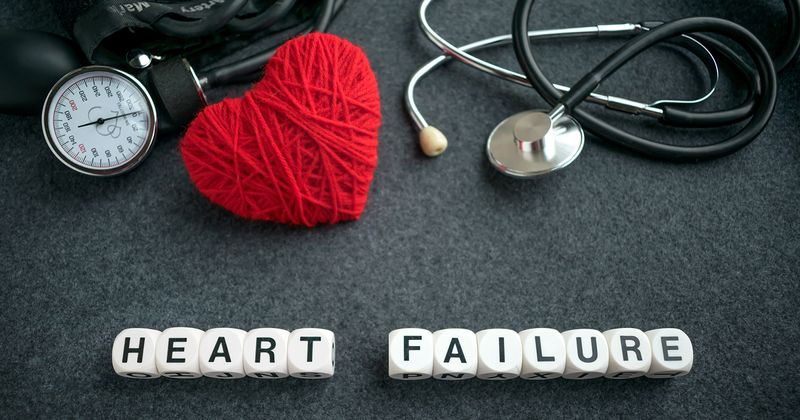Empagliflozin yields clinical benefit in patients hospitalized with acute HF: EMPULSE
Click Here to Manage Email Alerts
In the EMPULSE trial, adults hospitalized with acute HF who received the SGLT2 inhibitor empagliflozin were 36% more likely than those on placebo to have clinical benefit at 90 days, including prevention of death and readmissions.

“Patients experienced improvements regardless of the type of heart failure — HF with reduced ejection fraction or HF with preserved ejection fraction, de novo or chronic decompensated heart failure — or whether they had diabetes or not,” Adriaan A. Voors, MD, cardiologist at University Medical Center Groningen in the Netherlands, said during a press conference at the American Heart Association Scientific Sessions. “Importantly, there were no safety concerns.”

Focus on acute HF
EMPULSE enrolled 530 patients hospitalized with a primary diagnosis of acute HF, defined as de novo or decompensated chronic HF, regardless of left ventricular ejection fraction and diabetes status. The mean age of patients was 69 years, 33.8% were women and 45.3% had type 2 diabetes. Mean baseline LVEF was 35.1%; 32% had an LVEF greater than 40%.
After clinical stabilization, patients were randomly assigned to receive once-daily empagliflozin 10 mg (Jardiance, Boehringer Ingelheim/Eli Lilly; n = 265) or placebo (n = 265).
The primary outcome was clinical benefit at 90 days, defined as a composite of time to all-cause death, number of HF events (HF hospitalization, urgent and unplanned outpatient HF visit), time to first HF event and an at least 5-point difference in change from baseline in Kansas City Cardiomyopathy Questionnaire (KCCQ) total symptom score. Patients assigned empagliflozin were 36% more likely to experience clinical benefit at 90 days compared with those assigned placebo (win ratio = 1.36; 95% CI, 1.09-1.68; P = .0054).
All-cause mortality among patients assigned empagliflozin was half that of patients assigned placebo (4.2% vs. 8.3%). HF events occurred in 10.6% and 14.7% of empagliflozin and placebo patients, respectively.
Compared with patients assigned placebo, those who received empagliflozin had a 4.5-point greater increase in KCCQ total symptom score (mean change from baseline, 36.9 vs. 31.6; P = .0347).
The nonprespecified endpoint of time to all-cause death or first HF event also favored empagliflozin, with an HR of 0.65 (95% CI, 0.43-0.99; P = .0423), Voors said.
Empagliflozin was well tolerated in patients with acute HF. Fewer patients experienced serious adverse events compared with placebo (32.3% vs. 43.6%). Acute renal failure occurred in 7.7% of patients assigned empagliflozin and in 12.1% of patients assigned placebo.
Findings in context
Patients with acute HF have an even higher risk for death and readmissions than those with chronic HF, especially in the early months after discharge, Voors said. Empagliflozin has previously demonstrated beneficial effects in chronic HF for patients with reduced and preserved EF, but has not previously been studied in acute HF, he said.
“Very few treatments have proven to benefit patients who are hospitalized for acute HF, whereas we have almost 10 different types of therapies for patients with chronic HF,” Voors said.
The EMPULSE trial builds on earlier data suggesting likely benefit with an SGLT2 inhibitor in acute HF. As Healio previously reported, the SOLOIST study included 1,222 participants with type 2 diabetes recently hospitalized for worsening HF who were randomly assigned the dual SGLT1/SGLT2 inhibitor sotagliflozin (approved in the European Union as Zynquista and developed by Lexicon) or placebo. Those assigned sotagliflozin had reduced risk for CV death and hospitalization or urgent visits for HF compared with placebo.


